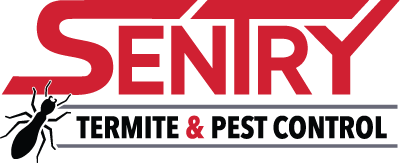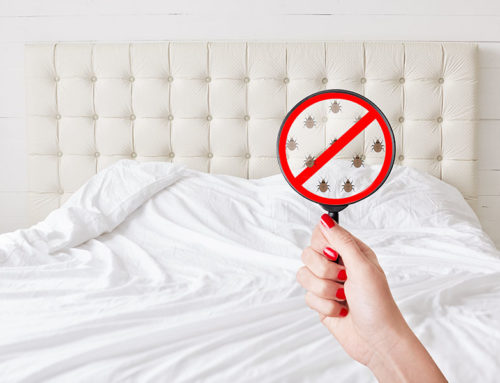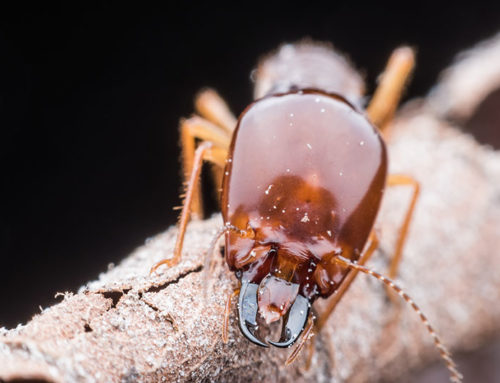ALL EFFECTED PETS: Dogs and cats should be treated by a veterinarian or by the owner. The Pest Control Technician will not treat your pets. Fish bowls and aquariums can remain as long as they are properly covered and the air compressor is unplugged.
BEFORE TREATMENT: Once a flea infestation has been identified, the next step is to prepare for treatment. A thorough cleaning of the home is the first order of business. This is an extremely important preparatory step and should not be taken lightly. This preparation should be completed on the day of service. Start by taking all pet bedding and washing it in hot water or disposing of it outdoors in an air-tight black plastic trash bag. Next, vacuum all floor areas in one direction, then the criss-cross direction. Also vacuum in closets, under beds, and upholstered furniture. It is very important to vacuum and clean thoroughly in areas where pets sleep or rest under furniture, in cracks and crevices and along walls. Remember, you don’t always see fleas, especially eggs and larvae. All floors, including closet floors and under beds should be cleared of boxes and other items so that the Pest Control Technician will have access to treat all floor surfaces. After vacuuming, empty contents of vacuum cleaner into an air-tight black plastic bag and dispose of bag outdoors.
If a flea infestation exists outdoors, an exterior spray treatment may be required. An uncontrolled outdoor infestation will soon lead to a re-infestation indoors. If an outdoor treatment is required, we pay particular attention to areas where pets rest on the lawn, around porches, under the home (if there is a crawl space) and in fenced areas. The outside treatment should be scheduled on the same day as the interior treatment. Wet lawn with a sprinkler before we come – the wetting agent will help the chemicals to be more effective.
DURING TREATMENT: Sentry Termite & Pest Control will be using an insecticide labeled for flea control and that is low on the toxicity scale. It is necessary for all people and pets to be out of the house while the pesticide is being applied, and while it dries – usually 3-4 hours. Once we have checked to see that the necessary items in your home have been removed or covered, we will begin treatment. We will apply a fine broadcast spray over all floor areas, carpets, rugs, wood and tile flooring, furniture and pets resting areas. The insecticide used won’t stain, so don’t worry about your carpet or furniture. There may be a slight odor that will soon dissipate. Do not let pets enter until all floors and carpets are completely dry.
AFTER TREATMENT: Upon re-entry, ventilate the house, and you can resume all your normal activities. Fleas have a four-stage life cycle: egg, larva, pupa, and adult. An insecticide will affect fleas only in two of these stages – the mobile larva and the adult. That’s why it’s important to leave the insecticide undisturbed until the fleas grow from egg to larva or from pupa into adults. Since the insecticide does have this delayed effect on emerging fleas, you will notice some flea activity after the treatment. This does not mean the insecticide is not working, so be patient. It is possible to have a flea hatch about 4-8 days after spraying. For this reason, vacuum the floors and furniture thoroughly, several times during the first 7-10 days after treatment, emptying contents of vacuum cleaner into an air-tight black plastic bag and dispose of bag outdoors. This will remove the newly hatched fleas permitting the residual effects of the chemical to establish control.
REMEMBER TO TREAT ALL PETS ON A WEEKLY BASIS TO HELP CONTROL FLEAS!
Also, you can put a shallow pan of water with 10-12 drops of Dawn dish detergent in the water. under a lamp 8-10″ above the water, in your hot spot areas. The fleas will jump towards the light and fall in the water, and they won’t be able to get out.
flea trmt.wpsl 1/7/2016




